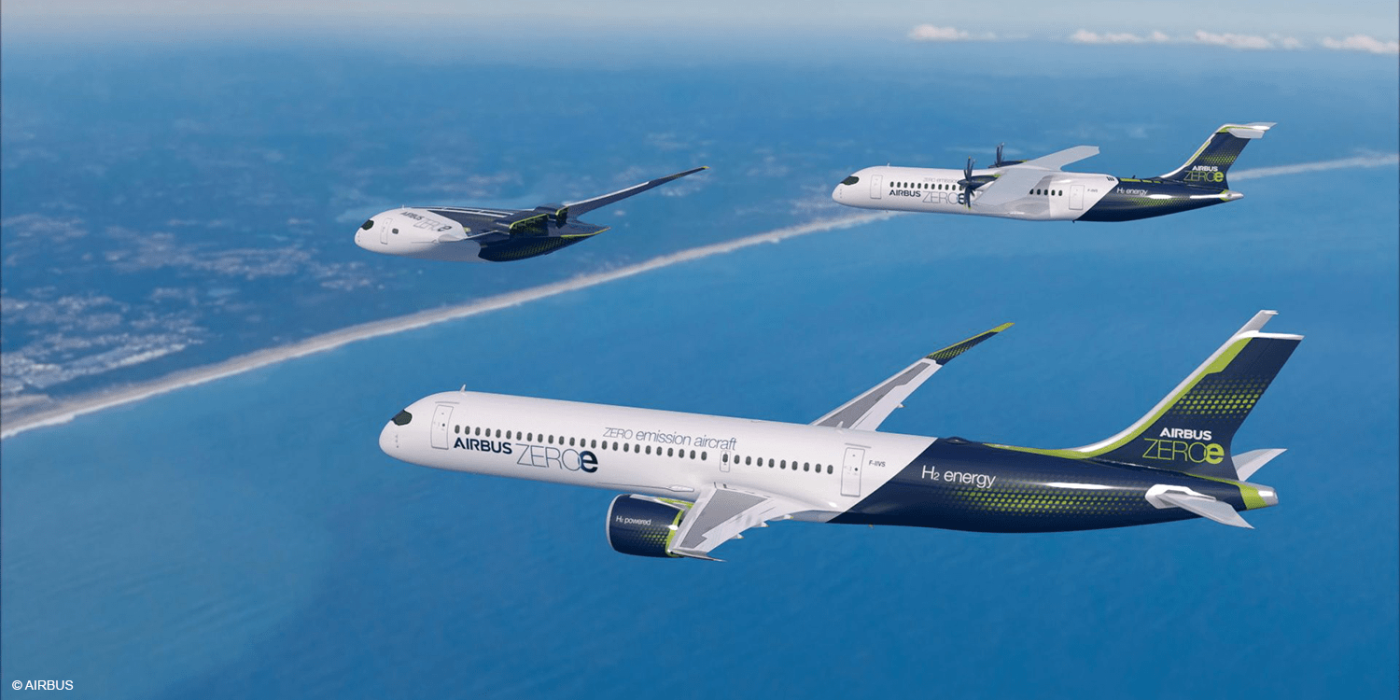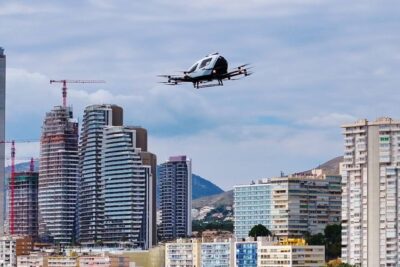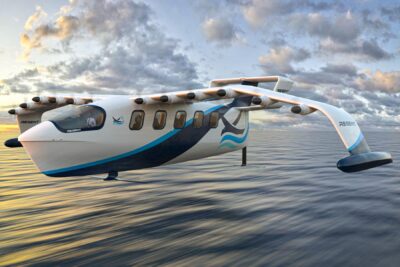Airbus works on metallic tanks for liquid hydrogen
Airbus has decided to combine its efforts for metallic hydrogen tanks and establish so-called Zero-Emission Development Centres (ZEDC) at sites in Bremen, Germany and Nantes in France.
The goal of the ZEDCs is to enable the cost-effective production of cryogenic tanks to support the future market launch of the ZEROe concept presented in January, as well as to accelerate the development of hydrogen propulsion technologies. According to Airbus, the technology developments will cover the full product and industrial capabilities of component parts, assembly, system integration and cryogenic testing of the liquid hydrogen (LH2) tank system.
Both ZEDCs are expected to be fully operational to build LH2 tanks by 2023. A first flight test is planned for 2025. Airbus said it chose Bremen because of its diverse setup and what it says are decades of LH2 experience within Defence and Space and Ariane Group. The ZEDC there will initially focus on system installation and all cryogenic testing of the tanks. In addition, according to the aircraft manufacturer, the ZEDC will benefit from the broad research environment at the Bremen site on the subject of hydrogen, such as the ECOMAT research and technology centre, and from other synergies from the aerospace sector.
The Nantes site is to contribute extensive knowledge of metallic structural technologies in connection with the wing centre box, including the safety-critical centre tank for commercial aircraft. The ZEDC there is expected to fuel innovation primarily at the level of metal and composite technologies. The research environment in Nantes is also to be involved, such as the Technocenter Nantes and the IRT Jules Verne.
In terms of the hydrogen economy, Airbus is planning cross-sector collaboration. This is in line with Northern German regional and the Pays de Loire ambitions and Airbus says it will support collaboration to support the overall transition to hydrogen propulsion, as well as the associated ground-based infrastructure in the region. Airbus has not yet revealed specific strategies or partners for this aspect of its undertaking.
In September last year, Airbus revealed details of new hydrogen-powered aircraft studies. The aircraft manufacturer presented three concepts for the world’s first zero-emission commercial aircraft, which could enter service by 2035. All of these concepts, code-named ZEROe, rely on hydrogen as the main energy source, while each aircraft propulsion system takes a different approach within the scope of hydrogen as a fuel source.
A few months later – in January 2021 – Airbus provided an update on its future program: the group showed a new ‘pod’ configuration and says it is currently conducting studies to assess how scalable such an approach would be for large commercial aircraft. The pod configuration is essentially a distributed fuel cell propulsion system that provides thrust to the aircraft via six propellers arranged along the wing. Each pod is detachable and essentially a self-contained propulsion system equipped with an eight-bladed propeller, electric motors, a fuel cell, power electronics, a liquid hydrogen tank, a cooling system, and a suite of assistance devices.
Airbus describes the design and integration of tank structures as additionally critical to the performance of a future hydrogen aircraft. The company explains that LH2 poses a greater challenge than kerosene because it must be stored at -250°C to liquefy. The liquid is needed for higher density. Liquid hydrogen is also considered superior to gaseous H2 in heavy long-haul transport. Daimler’s GenH2 truck, for example, is expected to run on liquid H2 in the future.
According to Airbus, LH2 tank structures for commercial aviation are expected to be metallic in the near future, plus the potential performance is high when combined with carbon-fibre-reinforced plastic.





0 Comments